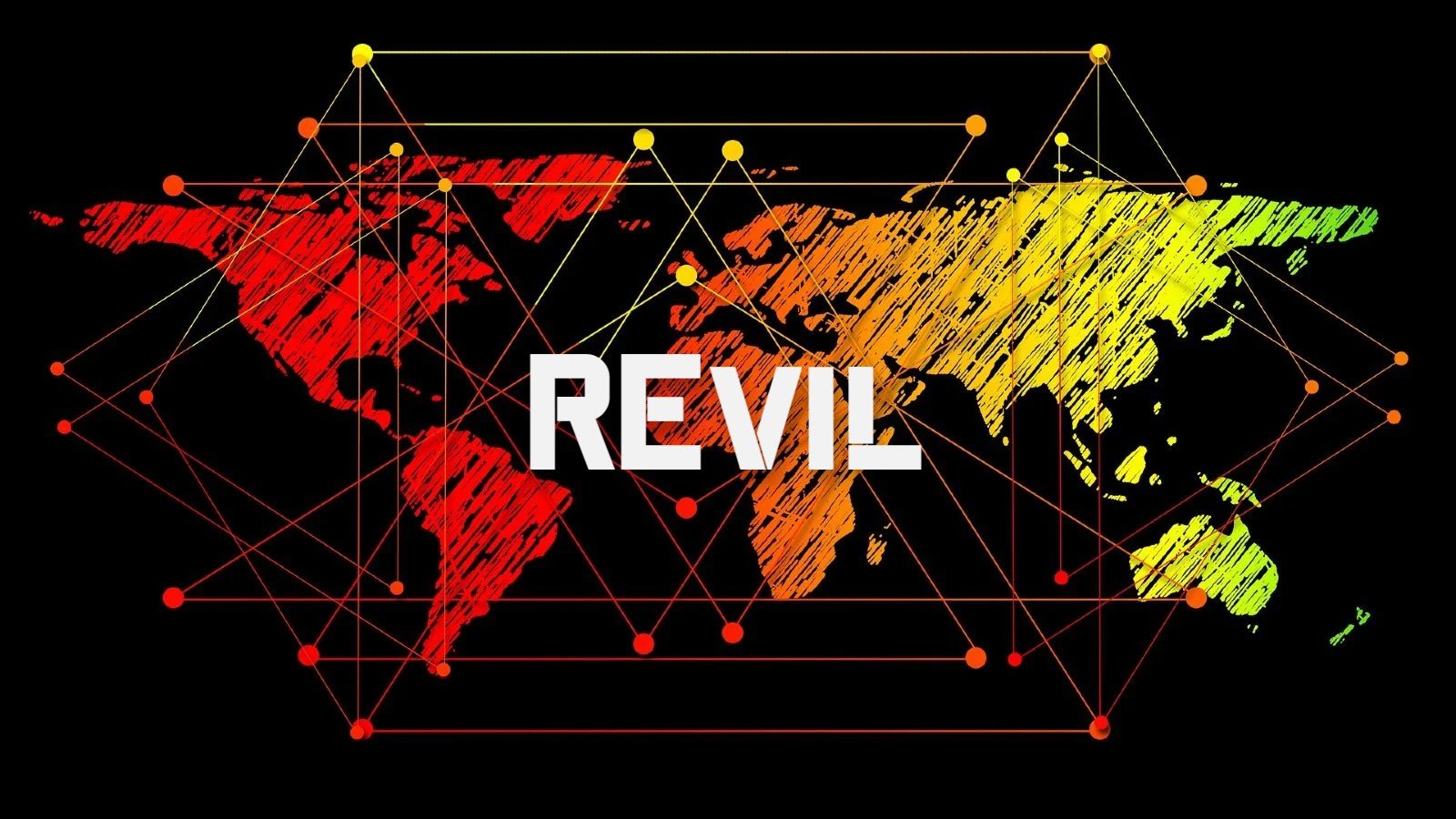When and Where to See the Northern Lights in the US Tonight

I’ve always wanted to see the Northern Lights, but every time they’ve shown up at my latitude (in Pennsylvania), it’s been too cloudy or too late or I just somehow missed them. But last night I finally kind of saw them, and the geomagnetic forecast says they’re coming back tonight, Oct. 11. Here’s where and when you and I can catch another glimpse.
There is a “geomagnetic storm” brewing
The northern light show is properly called an aurora (aurora borealis being the northern version, and aurora australis on the other side of the world). Auroras happen when energized particles from the sun—called a solar wind—hit the Earth’s magnetosphere. This collision can ionize parts of the atmosphere, making them glow. A few days ago, Space.com reports, sunspot AR 3848 issued a coronal mass ejection—a solar flare—that has now traveled far enough through space that its effects can now be seen on Earth.
Such geomagnetic storms, as they’re called, can be forecast much like we get forecasts of the weather. Right now, the Space Weather Prediction Center, part of the National Weather Service, says that we’re in the midst of a G4 (severe) geomagnetic storm, with a chance for G5 levels. That means aurora activity is likely over a broad swath of the northern hemisphere. What’s more, the forecast map indicates that auroras could be visible a lot farther south than usual.
How and where to see the Northern Lights
If you live in Alaska or Canada, you probably get to see auroras all the time. But tonight’s aurora is likely to be visible in Washington state, Colorado, the Dakotas, Iowa, Wisconsin, Michigan, New York, and much of New England. But depending on the strength of the geomagnetic storm, it could be visible further south, like it was last night—reaching at least to Pittsburgh, where I live, and even to North Carolina, according to Axios.
You can see the current forecast maps at SWPC here. For the best chance of viewing the aurora, find a dark place (outside of a city, if possible) with a northern view. Auroras are typically visible at sunset and for several hours afterward.
If you aren’t sure whether you’re seeing an aurora, take a photo with your phone. Today’s cell phone cameras are more sensitive than our eyes to the lights emitted by geomagnetic storms, so what appears as a faint green or pink tinge to the naked eye may be a much brighter and more colorful display in your photo.









